Protecting the Georgia Coast
Researchers and educators at the University of Georgia Marine Extension and Georgia Sea Grant work in a unique kind of lab. On Skidaway Island, staff are surrounded on every side by miles of salt marsh and towering oak trees with vibrant, twisting branches covered in Spanish moss. Egrets soar overhead and squareback crabs scurry over their boots as they cross the maritime forest floor.
But there are dangerous invaders hiding amongst this otherwise idyllic landscape. From an aggressive species of tree to a washed-up water bottle, the Georgia coastline is facing threats from all sides. In order to protect it, the team at Marine Extension and Georgia Sea Grant offers education on best practices to maintain the health of Georgia’s coastal environment.
Marine Extension and Georgia Sea Grant is a research, education and outreach unit that operates the UGA Marine Education Center and Aquarium on Skidaway Island near Savannah, Georgia. Educators at the facility teamed up with UGA’s IMPACT Service Breaks program through Engagement, Leadership, and Service, an initiative that prepares UGA students to be active members in their communities through service. Students traded traditional spring break activities to learn first-hand about the environment and how to keep it safe.
“Not all learning can happen in a classroom.”
Fourteen students with a wide range of interests joined the trip. Their majors varied—microbiology, computer science, risk management and insurance—but each of them came for the same reason: to learn something beyond what they could get from a classroom lecture.
“Not all learning can happen in a classroom,” says Regan Drummond, a business management major. “There’s a huge difference between what you can learn from reading about coastal Georgia and actually being out here and experiencing nature.”
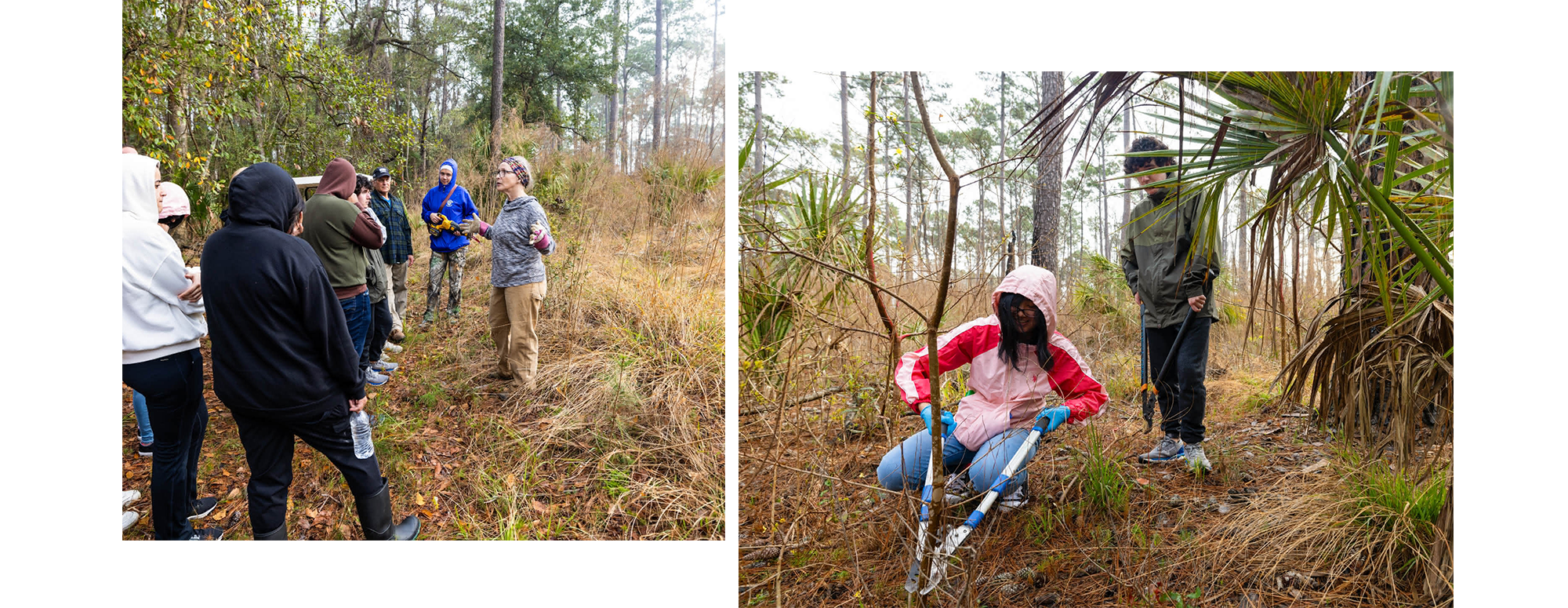
Their first lesson started with the Chinese tallow, an invasive exotic plant that spreads rapidly and outcompetes surrounding plant life. Invasive plant species like the tallow reproduce very easily, have few competitors and can tolerate a wide range of temperatures and environmental conditions. This makes it easy for them eradicate the environment’s biodiversity and take over the native plant life.
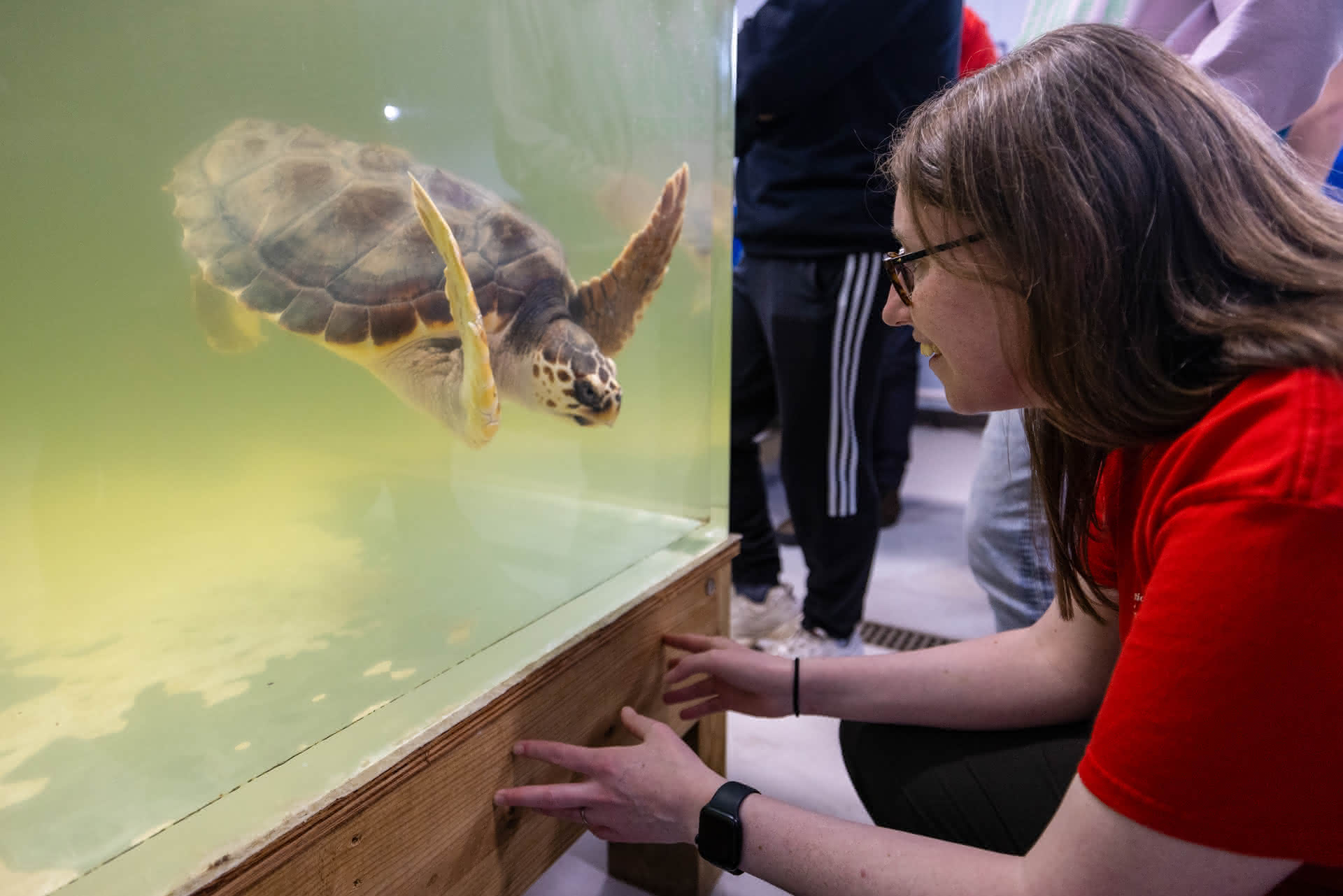
Program leader Natalie Kenny-Hall on an aquarium tour at the Burton 4-H Center on Tybee Island during an IMPACT spring break service trip.
The team at the UGA Aquarium normally works with a group of volunteers called the Tallow Terrors to remove the plants in gated communities around the island. However, the students were excited to get their shot at tackling the infestations. Armed with gloves, gardening loppers, power tools, and herbicide, they broke into small teams and cut down the budding trees one by one.
The average college student might opt to spend their spring break at a sandy beach or traveling across the world rather than tramping through tall grass while avoiding red ants, ticks, and biting gnats. But these are not average college students.
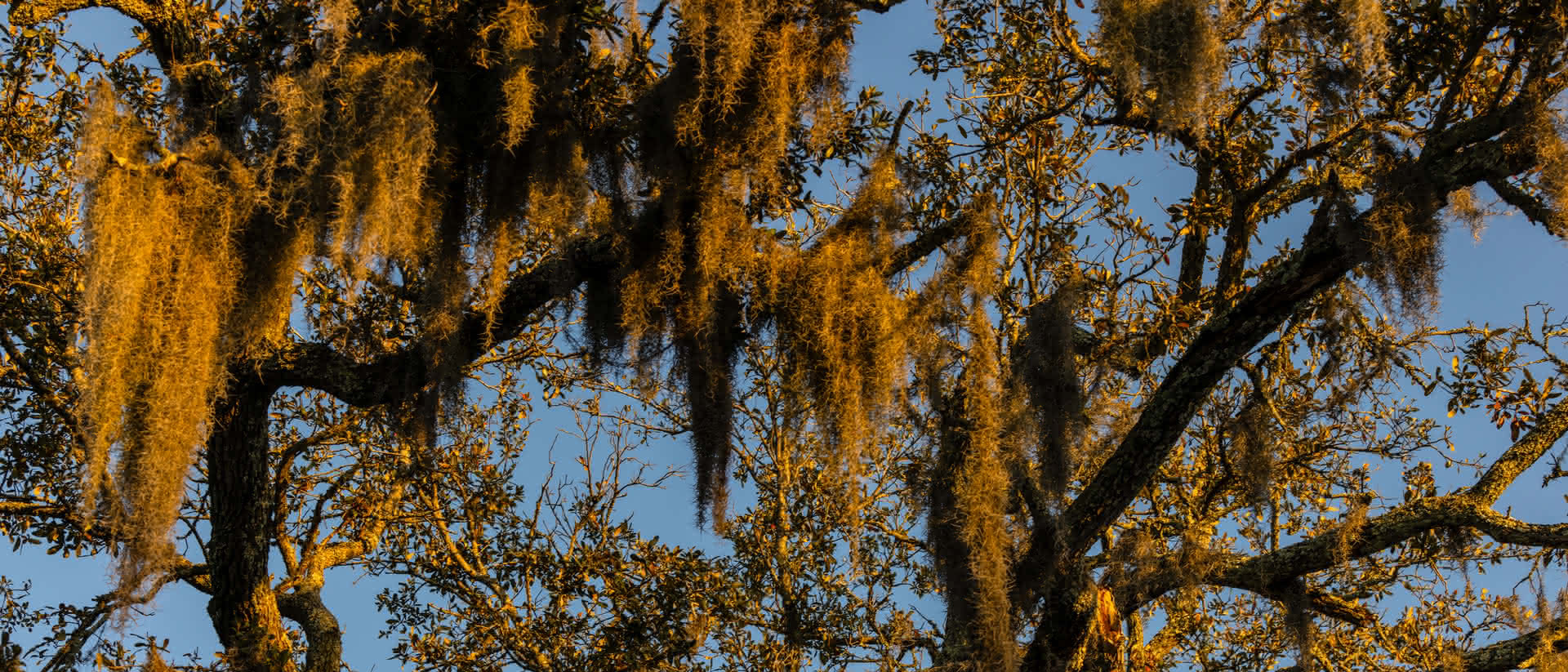
Allison Belkeir is a fifth-year student majoring in animal biosciences, biological science, ecology, and biology. She started at UGA planning to study pre-veterinary medicine, but after a study abroad trip in Costa Rica, renewed her childhood fascination with tropical ecology.
“I like being out in the field and doing hands-on work,” Belkeir says. “It’s really rewarding to see the physical impact that we’re leaving behind. When you’re in the classroom, you can’t get a full grasp of what’s happening in the environment, but out here we’re putting what we’ve learned about conservation and environmental upkeep into practice.”
With more than 100 miles of Georgia coastline and dozens of coastal animal species like shrimp, oysters and blue crabs that depend on human protection, educating a new generation of researchers is essential to the future of Georgia’s wetland ecosystems.
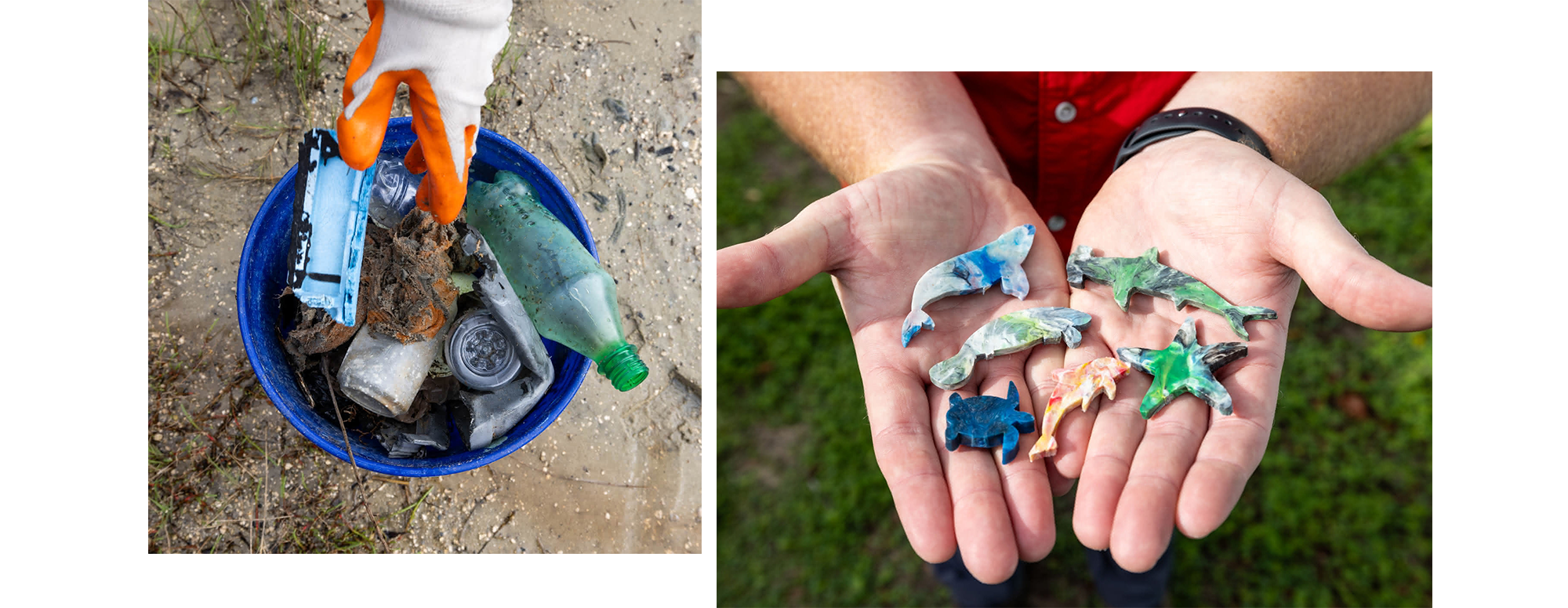
Removing the Chinese tallow wasn’t the students’ only volunteer activity. The next day, they learned how a simple trash cleanup could start a new wave of environmental change.
Tires. Beer bottles. Foam cups. Soda bottles. Clothing tags. PVC pipes. The marsh landing that the students cleaned is not large, but it was filled with forgotten trash. They dug plastic out of the mud and fished old clothes from the water. By the time they were done, the true beauty of the marsh’s waterways and surrounding plant life could be seen once again.
Graham Gorgas, a program specialist at Burton 4-H Center on Tybee Island, led the students’ volunteer cleanup. Gorgas oversees the center’s animal ambassadors and offers first-hand knowledge about why protecting the local wildlife is so important.
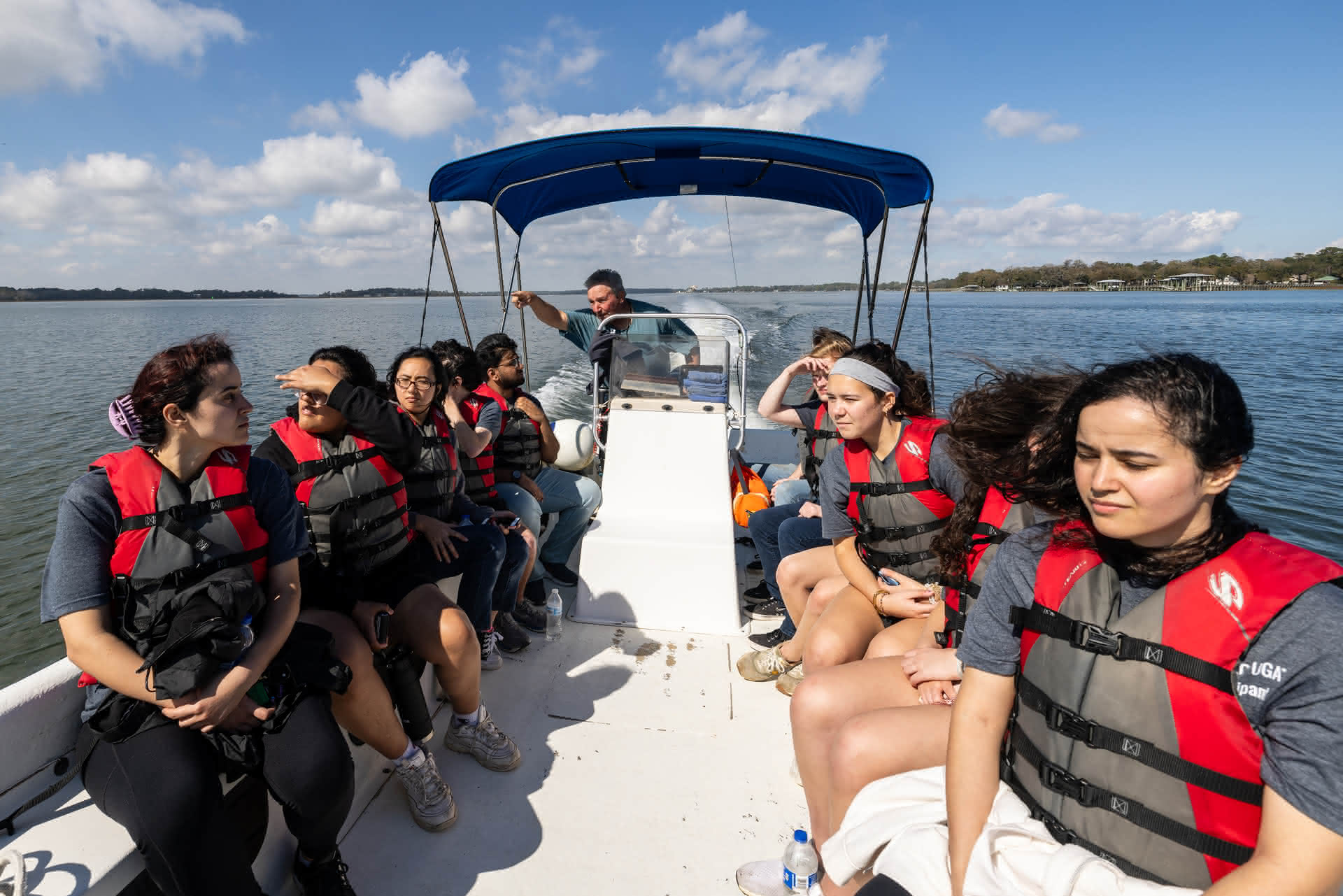
“Georgia has the second largest amount of salt marshes in the country. Learning about them while actually engaging with the environment is how students can leave with a deeper appreciation for the world around them.”
“Some of the students we teach are seeing the ocean in person for the first time and you can really see the impact when it hits them,” Gorgas says. “Georgia has the second largest amount of salt marshes in the country. Learning about them while actually engaging with the environment is how students can leave with a deeper appreciation for the world around them.”
Georgia’s coastal marshes make up an estimated one-third of all the salt marshes on the east coast. These marshes are home to crabs, shrimp and fish that are important to Georgia’s economy. Keeping them clean benefits both humans and the wildlife that depend on them.
Having students volunteer with the IMPACT Service Breaks program means more than keeping a single marsh clean. Each of these 14 students left the coast with the practical knowledge to back up their classroom learning on coastal conservation, and they’re eager to use that information in the future.
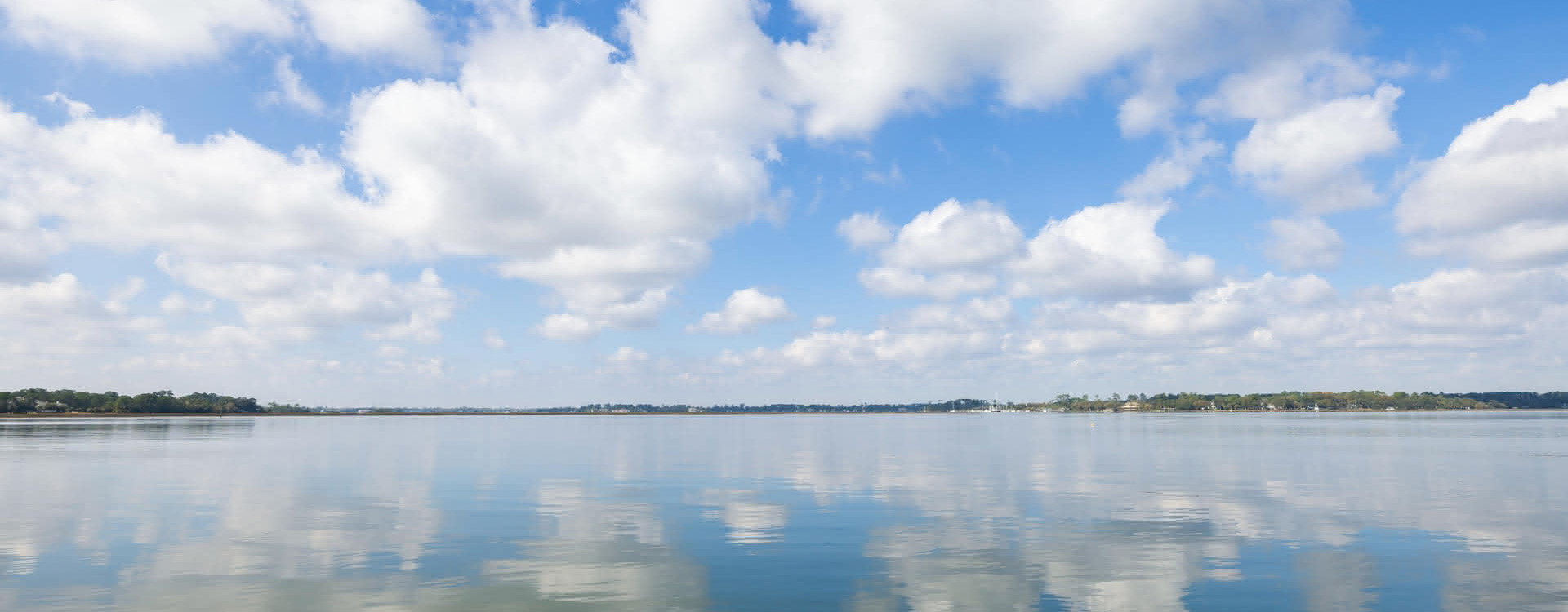
Danyal Ahmad, a pre-med student and computer science major graduating in 2025, was the site leader for the IMPACT trip. During the entirety of the excursion, Ahmad can be seen with a binder in hand quickly moving from place to place. He is trusted by his classmates to keep their schedule organized, provide solutions and make sure the experience is as rewarding as possible.
Though Ahmad won’t be going into a career involving coastal preservation, he says he will take the leadership experience with him after graduation. Ahmad took on the role of site leader to inspire his fellow classmates to get more involved in their community and contribute to the university’s research efforts in ecology and environmental science.
“What really matters about the trip is that we’re building a community and inspiring a new generation to make a difference,” Ahmad says. “Once we’re done with this trip, it’s not over. We’ll take what we’ve learned back to our hometowns and tackle the local issues that are going on closer to home.”
